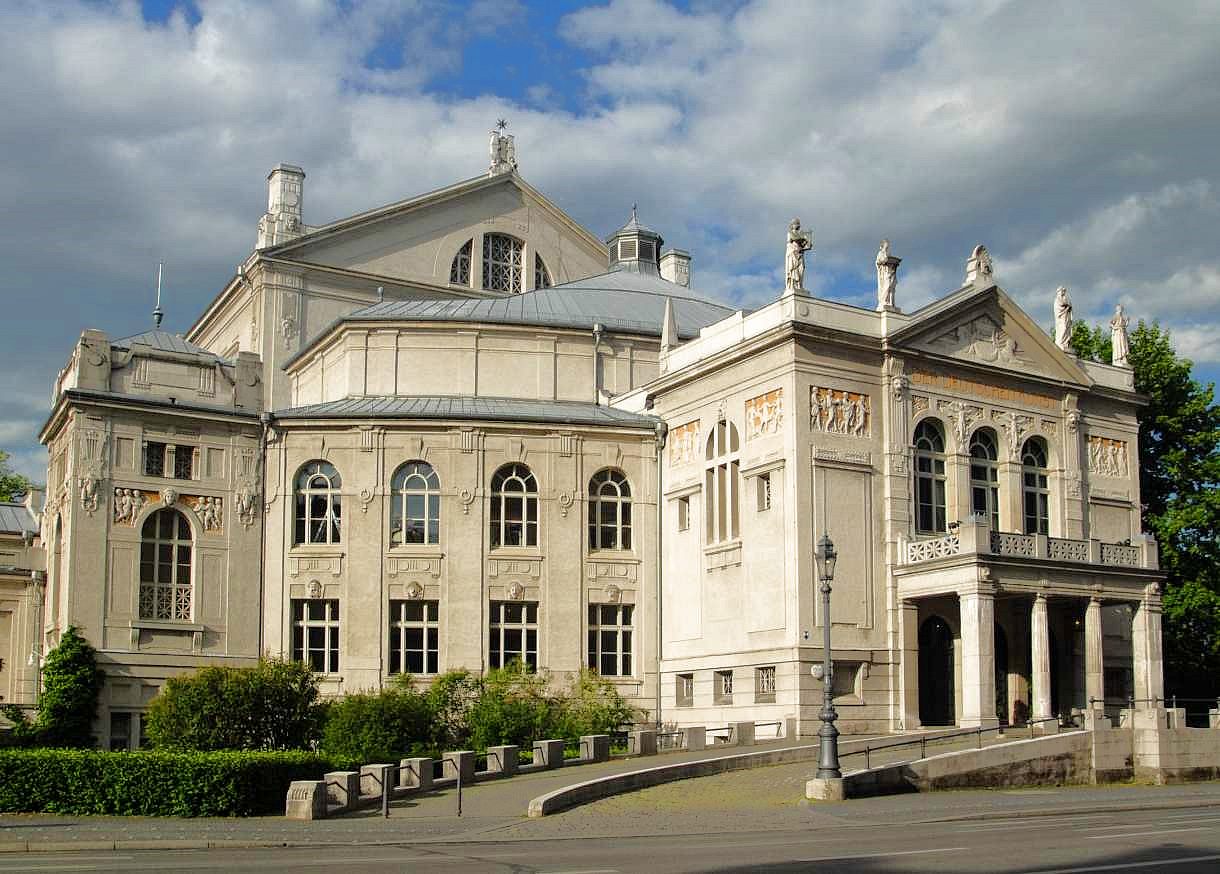The Prinzregententheater, located on Prinzregentenplatz in Munich, stands as one of the Bavarian capital's most iconic cultural venues. Renowned for its architectural grandeur and historical significance, this theatre has played a pivotal role in Munich's artistic heritage.
A Vision for Wagner’s Operas
The Prinzregententheater was initiated by Ernst von Possart, a prominent Bavarian theatre director, as a dedicated space for the works of Richard Wagner. It was constructed on Prinzregentenstrasse, near the location where an earlier Wagnerian project, envisioned by King Ludwig II, had failed to materialise. The building was named in honour of Luitpold, Prince Regent of Bavaria, and designed by the esteemed architect Max Littmann.
The theatre opened on 21 August 1901 with a production of Wagner’s Die Meistersinger von Nürnberg. Littmann’s design mirrored the principles of the Bayreuth Festspielhaus, aligning with Wagner’s specifications for optimal acoustics and audience experience. However, it introduced an innovative feature: an amphitheatre seating arrangement in place of traditional box loges, enhancing visibility and comfort.
Resilience Through War and Reconstruction
During the Second World War, the Prinzregententheater played a crucial role in Munich’s cultural continuity. After the Nationaltheater was destroyed in air raids, the theatre served as the temporary home of the Bavarian State Opera from 1944 to 1963, even though it sustained damage during the war. Restoration work was completed by 1958, ensuring the building's survival and continued use.
A Modern Cultural Hub
In 1988, the theatre underwent a major renovation, modernising its facilities while preserving its historical charm. With a seating capacity of 1,122, it is now a premier venue for a variety of performances. It also serves as the home of the Bavarian Theatre Academy, founded by August Everding, which fosters the next generation of theatrical talent.
Today, the Prinzregententheater remains a symbol of Munich’s dedication to the performing arts. Its rich history and ongoing contributions to culture make it a must-visit for anyone exploring the city’s vibrant artistic landscape.



